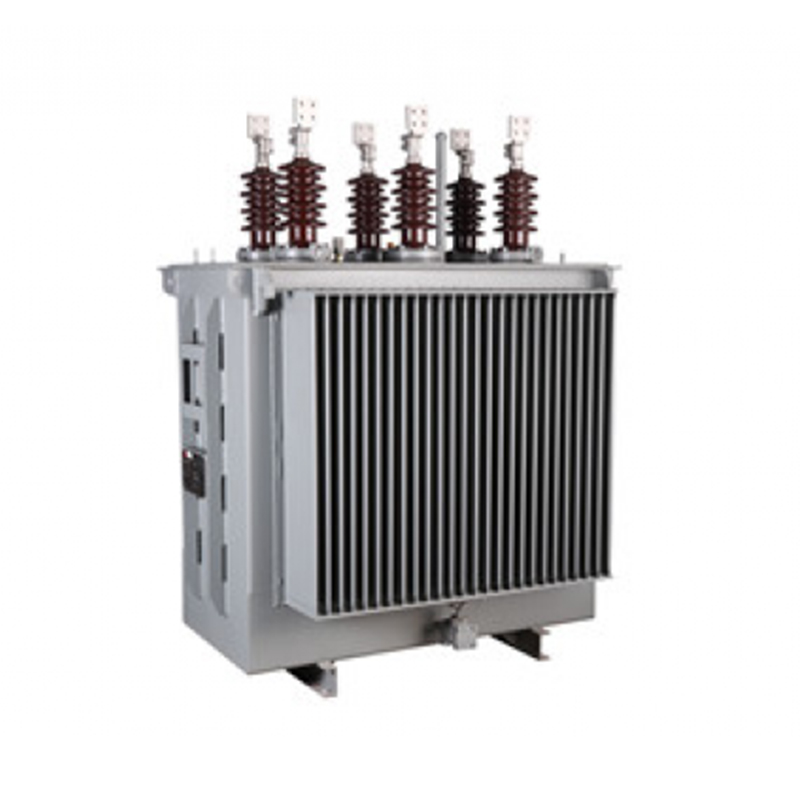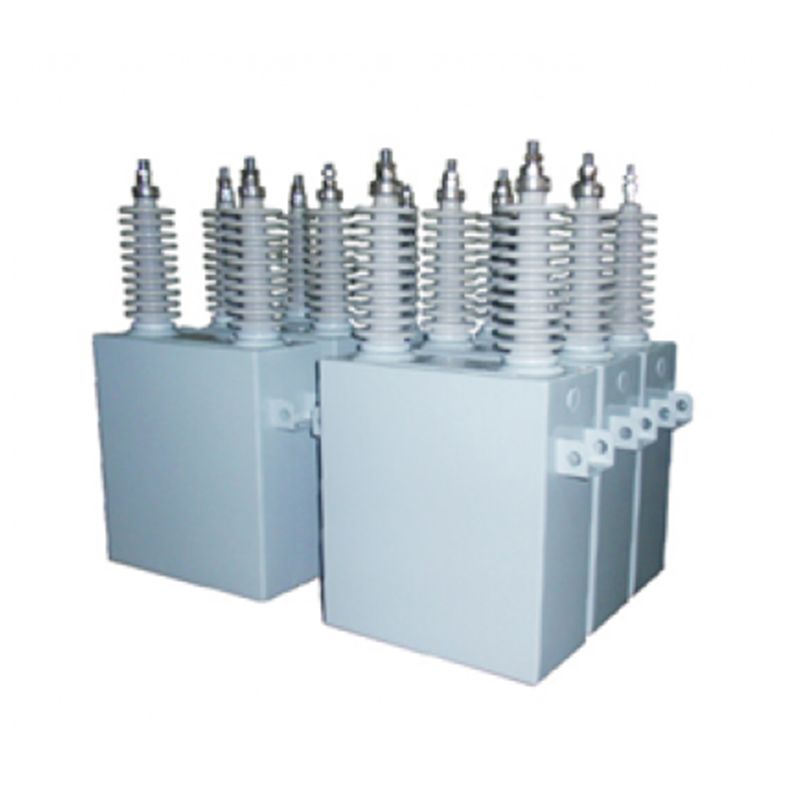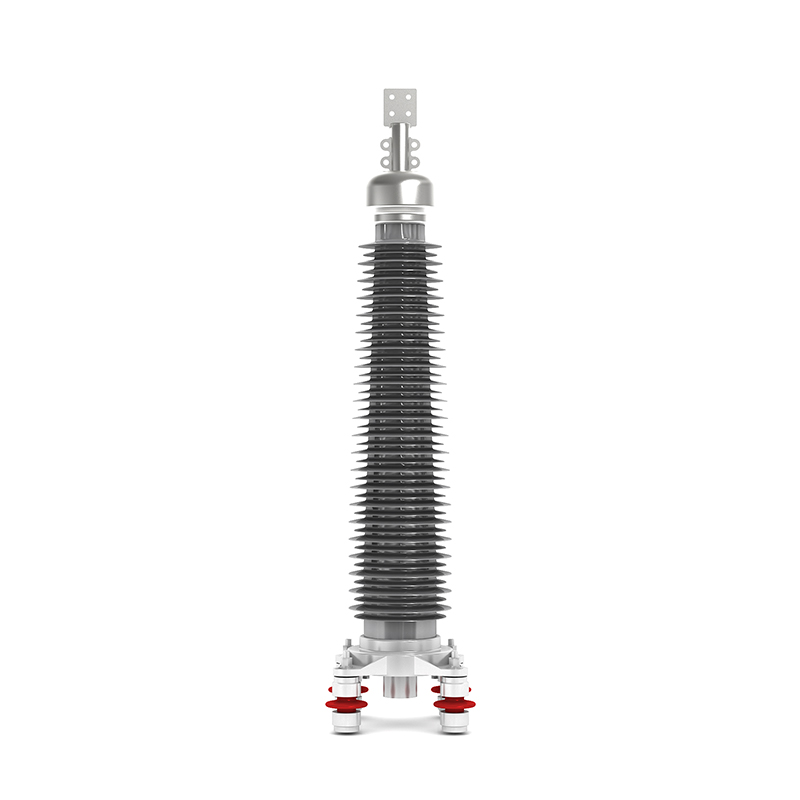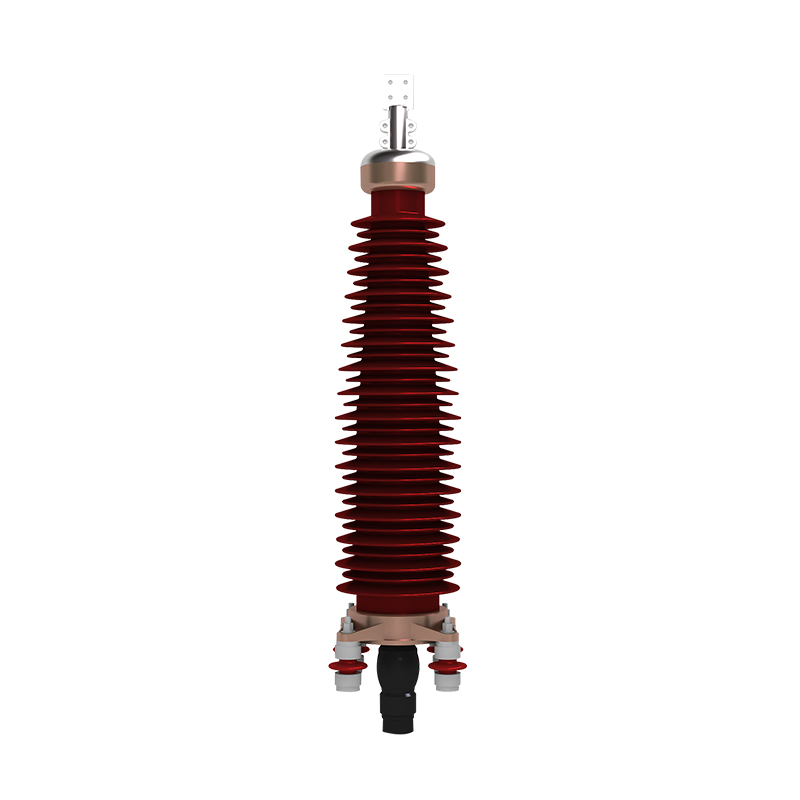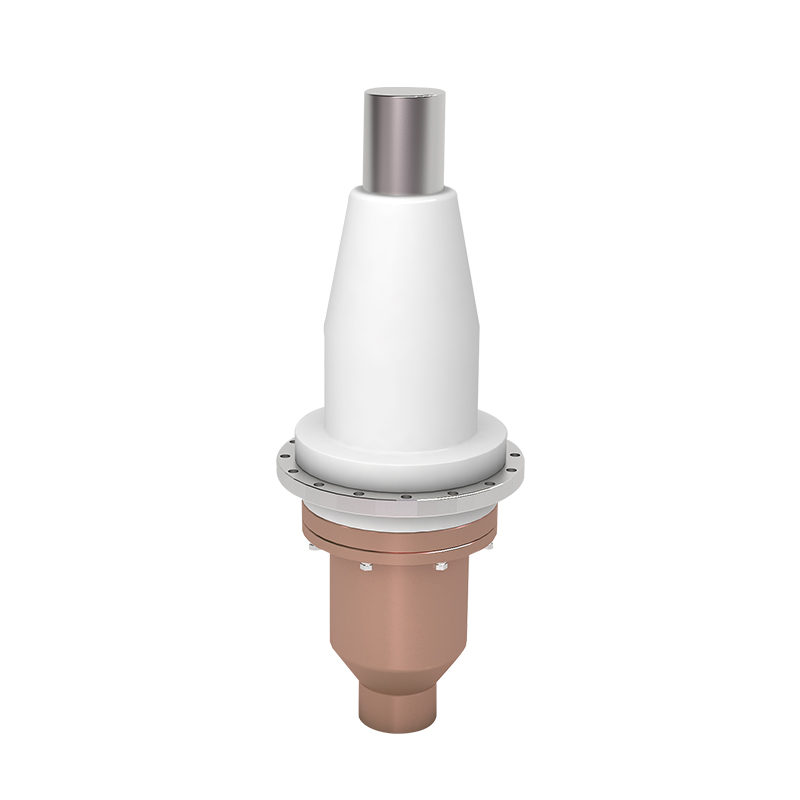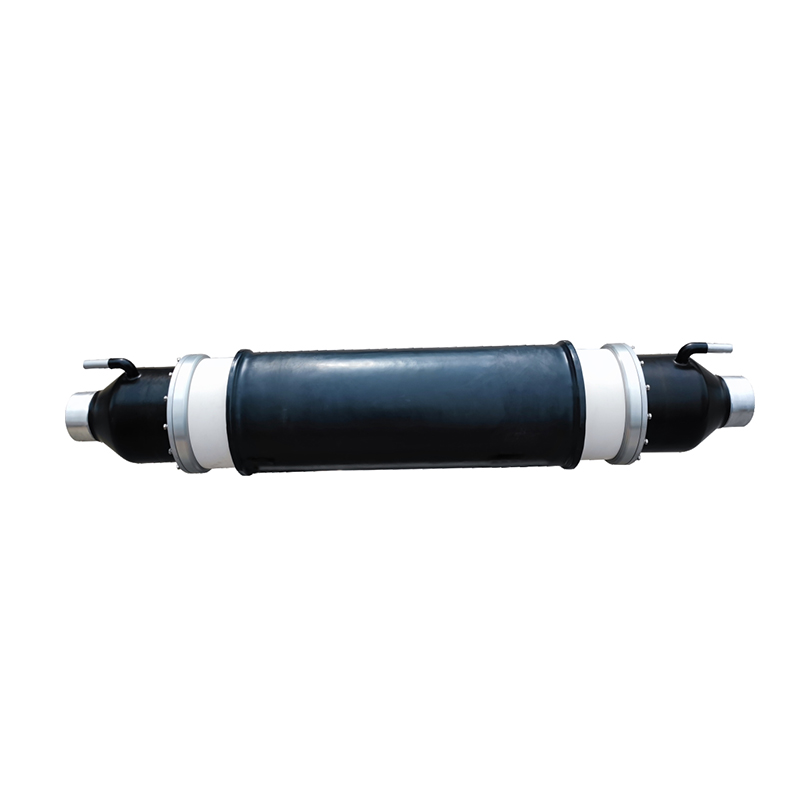How Extra High Tension Cables Revolutionize Energy Transmission Efficiency
High voltage electrical wires have long been the standard for energy transmission, but they come with inherent limitations. Traditional high voltage electrical wire systems often experience energy losses due to resistance and heat generation. In contrast, extra high tension cables minimize these losses, making them far more efficient. This efficiency is particularly crucial as countries increasingly rely on renewable energy sources, which may be located far from consumption points. By utilizing extra high voltage cables, energy providers can transport electricity from remote wind farms or solar plants to urban centers without significant losses.
The design of extra high tension cables is one of the key factors that contribute to their efficiency. These cables are constructed with advanced materials that can withstand the conditions associated with high voltage transmission. The use of outstanding insulation materials not only enhances safety but also reduces energy losses caused by leakage currents. Moreover, the larger conductor cross-section in extra high voltage cables allows for the transmission of greater power without overheating, making them ideal for modern energy demands.
The advantages of extra high tension cables extend beyond efficiency. They also play a crucial role in enhancing the reliability of energy supply. With the increasing complexity of power grids, having a robust transmission network is essential. Extra high voltage cables are less susceptible to disruptions caused by environmental factors such as storms or heavy winds. This reliability is vital for maintaining a stable energy supply, especially in regions prone to weather conditions.
Additionally, the deployment of extra high voltage cables can cause significant cost savings over time. Although the initial investment in extra high tension cable infrastructure can be substantial, the long- benefits outweigh these costs. With reduced energy losses, utilities can achieve higher returns on investment, ultimately cause lower energy prices for consumers. This financial aspect is particularly important as governments and organizations seek to transition to greener energy solutions without burdening consumers with higher costs.
Another significant advantage of extra high voltage cables is their ability to integrate with smart grid technology. As energy systems become more sophisticated, the need for real-time monitoring and management becomes paramount. Extra high voltage cables can support advanced monitoring systems that provide valuable data on energy flow, enabling utilities to optimize their operations. This integration allows for a more responsive energy grid that can adapt to fluctuations in demand and supply, further enhancing efficiency.
Furthermore, as countries around the world commit to reducing their carbon emissions, the role of extra high voltage cables in facilitating renewable energy integration is essential. By connecting remote renewable energy sources to the grid, these cables enable a smoother transition to cleaner energy. For instance, offshore wind farms can generate significant amounts of electricity, which can be transmitted to coastal cities using extra high voltage cables, thus minimizing energy loss during transmission.
The future of energy transmission is undoubtedly leaning towards the use of extra high voltage cables. As more countries invest in infrastructure improvements and embrace renewable energy, the demand for these cables is expected to surge. Industry experts anticipate that advancements in cable technology will continue, focusing on enhancing performance, safety, and sustainability.
Extra high tension cables represent a revolutionary advancement in energy transmission efficiency. By overcoming the limitations associated with traditional high voltage electrical wires, these cables are paving the way for a more reliable and sustainable energy future. Their ability to reduce energy losses, enhance grid reliability, and facilitate the integration of renewable energy sources makes them indispensable in today's energy landscape.
News
Recommended News
Recommended Products
The variety of models, to meet the development needs of various regions in the world.
-
Add: No. 508, Dongye Road, Dongjing Town, Songjiang District, Shanghai
-
Tel: +86-13757652508
-
E-mail: [email protected]
 English
English 中文简体
中文简体 русский
русский Español
Español عربى
عربى

